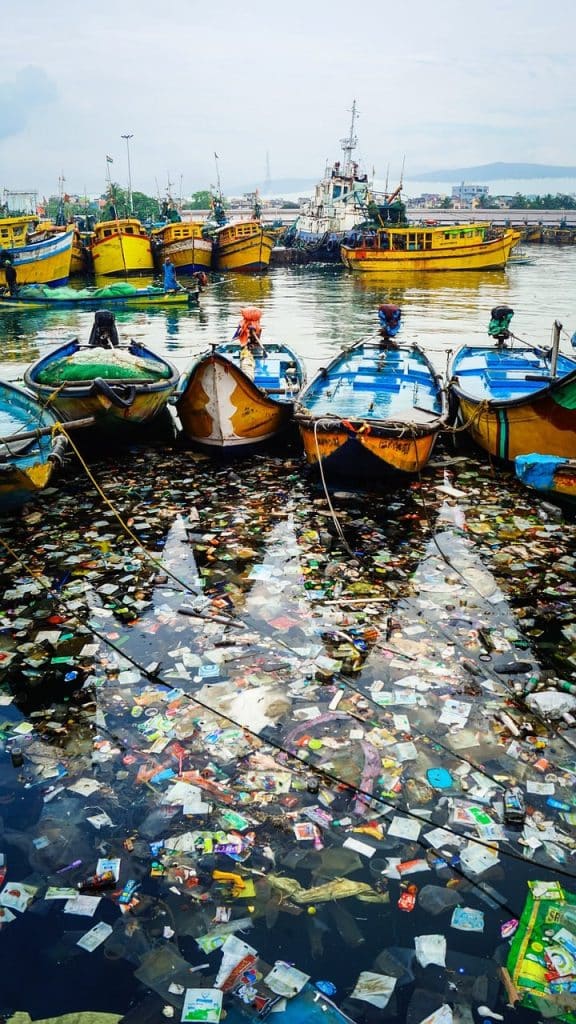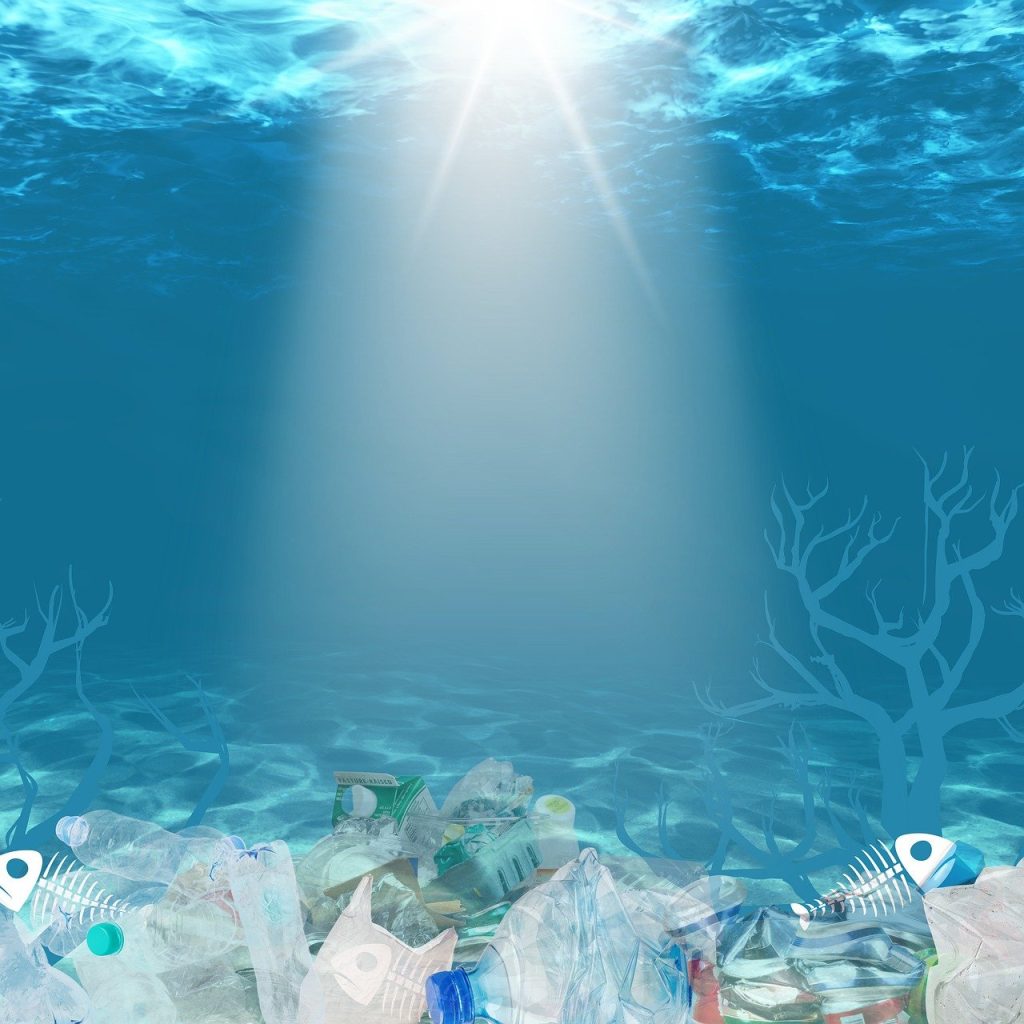National Geographic (NatGeo) has presented the worsening situation of microplastics in our air and oceans. How exactly does this affect us, humans? Some microplastics are made from gasoline and coal, making them chemicals that degrade but not in the same way as natural materials like fruit peels, which break down through a natural process.
According to NatGeo, while these particles may seem small, their numbers are beyond our counting. This is a serious problem because it is one of the issues brought about by climate change.
Chelsea Rochman, a former doctor and expert from UC Davis, mentioned that many animals, both on land and in the ocean, are dying due to ingesting plastics. Stiv Wilson, director of The Story of Stuff, explained that they created a tool called the blazing manta trawl, which resembles a manta ray and sucks up small solid materials from the ocean floor.
Their first attempt was in Chesapeake Bay, where they managed to collect 60 jars of microplastics. This is just one of the many bodies of water being used as dumping grounds by factories and companies.
Microplastics are tiny plastic particles, less than 5 millimeters in size, that have become pervasive in the environment due to the breakdown of larger plastic items or the production of microbeads in personal care products. These particles can be found in oceans, rivers, soil, and even in the air, making them a widespread pollutant.
Their small size allows them to be ingested by a wide range of wildlife, from marine creatures to terrestrial animals. Ingestion of microplastics can cause serious physical harm, including digestive blockages, malnutrition, and internal injuries. Additionally, these particles can absorb and carry toxic chemicals, which can then enter the food chain, posing further risks to both animals and humans.

The effects of microplastics on human health are still being studied, but the concern is growing. Humans can ingest microplastics through contaminated food, water, and air, and there is evidence suggesting that these particles may accumulate in the digestive system or even enter tissues. Some research indicates that microplastics may cause inflammation, oxidative stress, and potentially contribute to more serious conditions, such as cancer.
The chemicals attached to microplastics, such as bisphenol A (BPA) and phthalates, are also linked to hormone disruption and other health issues. As microplastics continue to proliferate, their long-term impact on both environmental and human health remains a major global concern
Smaller plastics are harder to find, so advanced tools or equipment are needed to collect all the plastics in our waters. Though small in size, their impact on us is huge.
Each microplastic is only about five millimeters in size, making it difficult to spot. Even smaller plastics, called nanoplastics, are collected from everyday items like plastic bottles, bags, and cups.
Through strong winds and heavy rains, these plastics break down and shrink, eventually becoming microplastics. Due to rainfall, they often end up in storm drains and sewers, which carry them to the oceans. Every year, millions of tons of microplastics make their way into these systems.
Despite this, plastic remains one of the essential materials in our daily lives due to its contributions to our economy. It symbolizes production and provides significant help in manufacturing products in our country.

The solution is not to stop using plastic altogether but to switch to alternative materials. Using paper bags instead of plastic bags, mugs or glass cups instead of plastic ones, and properly disposing of plastic in the right trash bins.
Scientists have set a timeline, stating that we have until 2030 to return the world’s temperature to normal levels. As this deadline approaches, we must unite in finding solutions. The use of plastics is one of the key contributors to climate change. From the death and poisoning of animals in both land and sea to its entry into our bodies, which harms our health.
It can even reach our stomachs because of our actions. We discard plastics, which flow into drains and then the oceans, where animals ingest them. These animals are eventually served on our plates, and we consume them.
We are the ones creating the problems that will hurt us, so it will take the collective effort of everyone to solve this small but significant issue that will impact our livelihoods and our lives.

